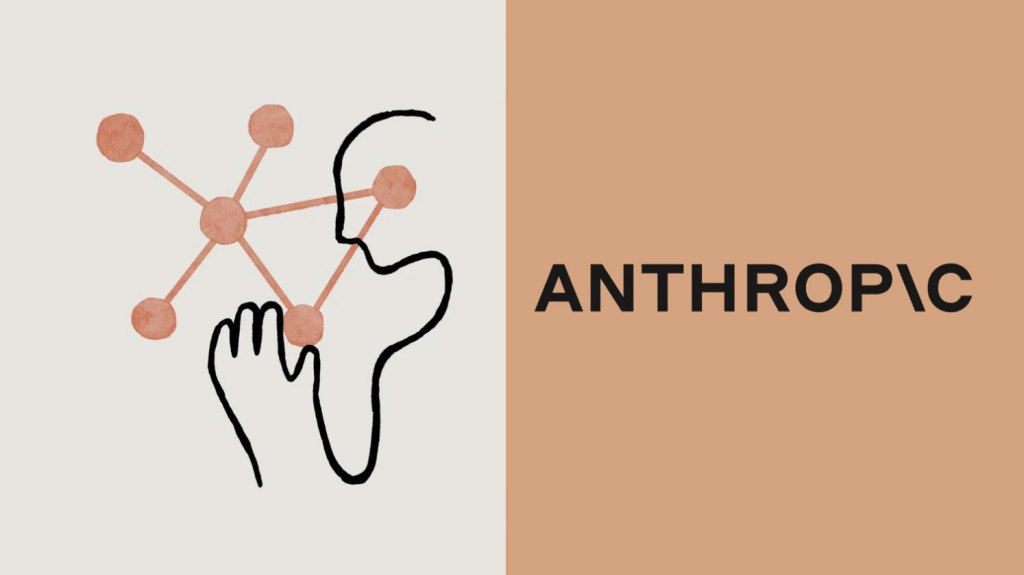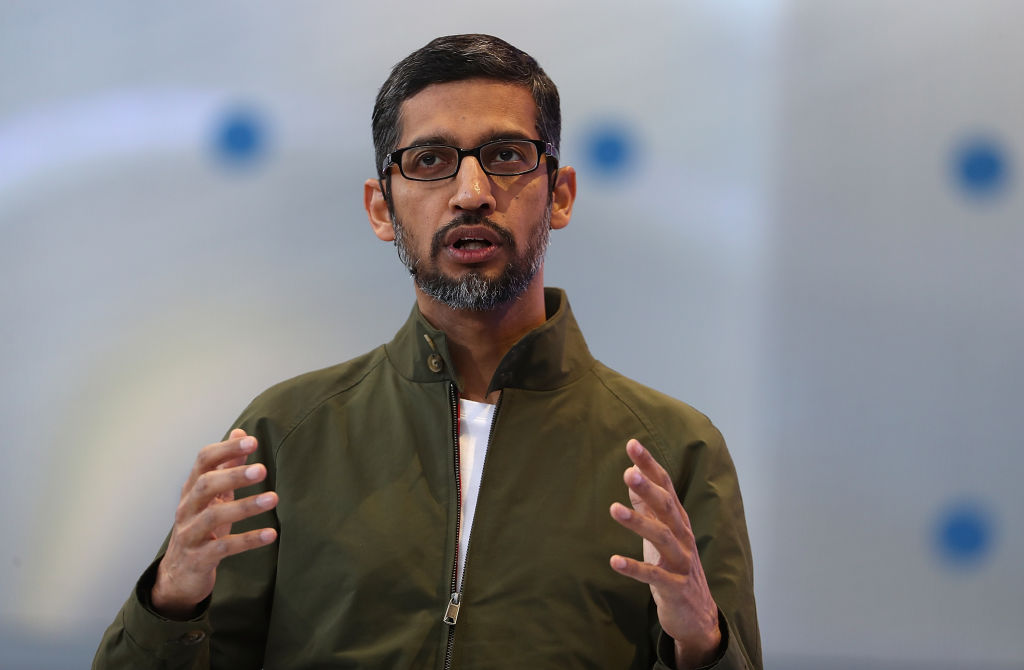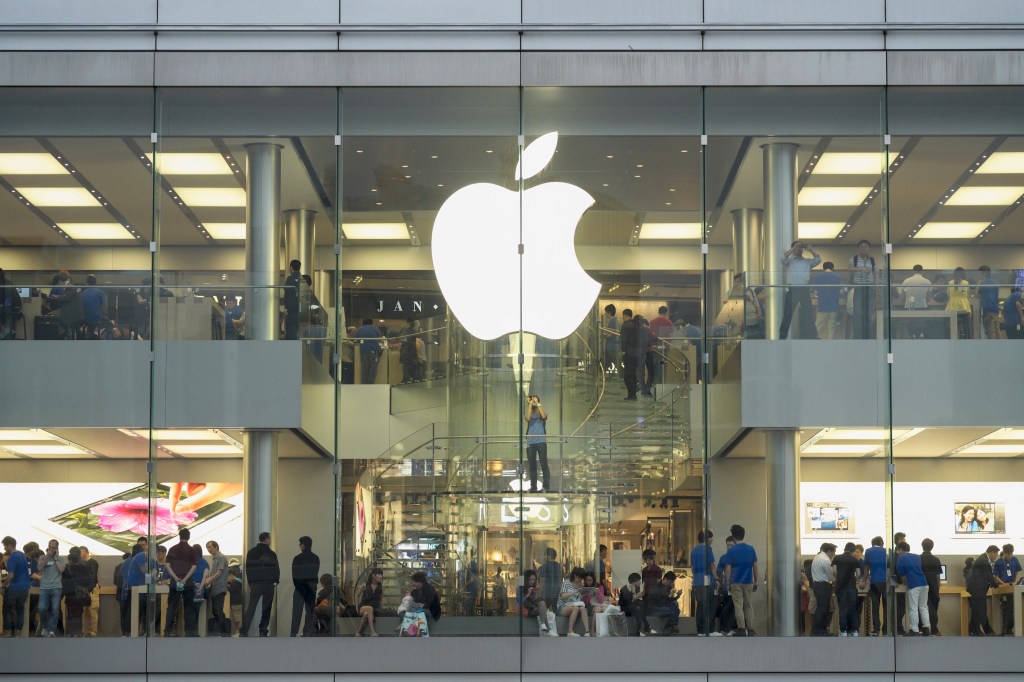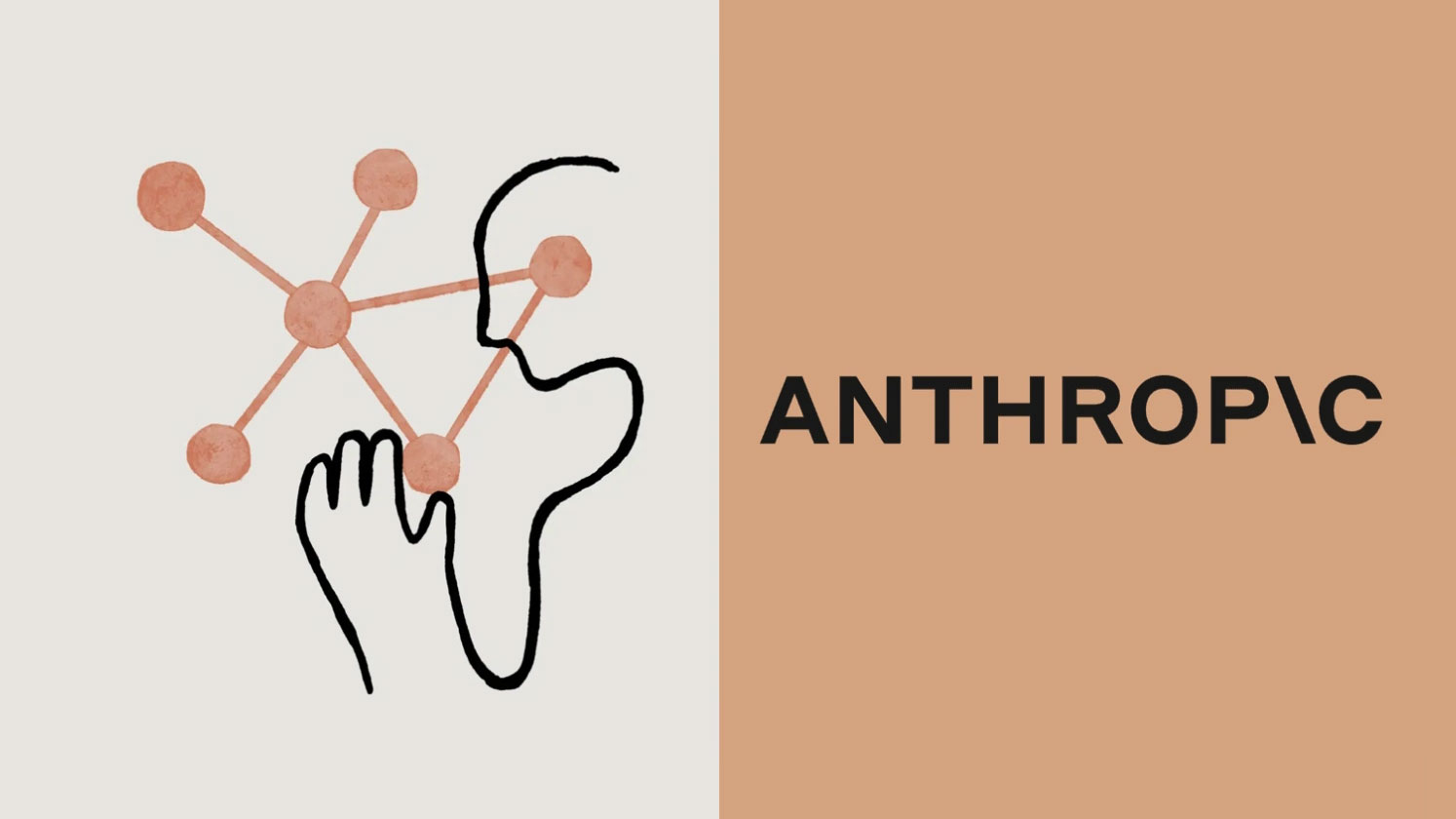By Eric Mayhew
As rapid advances in AI and automation continue to transform the overall economy, the advertising industry in particular is poised to benefit. As separate but complementary technologies, AI and automation together offer the potential to help solve the growing scalability challenges that major ad agencies have faced for years as they attempt to deliver increasingly sophisticated, data-driven ad programs across a growing number of channels.
The top firms are now embracing this reality, combining the “cognitive” support of AI tools with automation’s capacity to drive scale – all under human oversight to enable control, compliance, and brand safety. This “intelligent automation” approach decouples scalability from traditional resourcing requirements, streamlining ad operations and freeing up agency teams to focus on strategic and creative efforts.
A close look at how automation and AI are being leveraged most successfully across the advertising space today offers insight into where leaders should be investing as they consider their future strategies.
AI-Enriched Automation in Advertising: Unlocking Scale While Empowering Strategy
Because of the many inherently pattern-based, predictable tasks involved in today’s digital ad programs, as well as the vast amounts of data needed, digital ad operations are ideally suited for automation in general, and robotic process automation technology in particular. Predictability, consistency, scalability and centralized management, and cost reduction for repetitive tasks are among the many core benefits for automating ad programs through RPA.
As a closely related technology, AI can amplify these benefits by helping advertisers accelerate the type of cognitive work that requires a human touch.
Many agencies that we work with at Fluency are now leveraging both technologies through our platform to not only deliver campaigns at scale, but also to automate and enhance other key workstreams. In doing so, they are unlocking groundbreaking efficiencies that enable them to drive better margins and prioritize strategic planning, consultative guidance, and client relationships.
Four key elements of successful “IA” in advertising
The most comprehensive Intelligent Automation approaches involve the following digital advertising workstreams:
- Execution. Given the complexity of today’s omnichannel digital strategies, automation is increasingly business-critical. Agencies must leverage automation to expedite campaign execution. The right automation platform will handle campaign launches, budgeting, pacing, and multichannel ad management at scale, enabling strategists to focus on driving strategy, rather than drowning in the endless and error-prone task work of traditional digital ad campaign management.
- Delivery optimization: The emergence of AI is empowering advertisers to develop and test content at groundbreaking speed. When combined with an automation platform, this capability enables dynamic, tailored messages that can be controlled and managed with human oversight, but delivered at scale. Together, this “IA” approach conserves time while ensuring precision.
- Analysis: The best advertisers are guided by data and insight. Automation and AI now enable data analysis at unprecedented scale, facilitating an in-depth comprehension of performance measures.
- Strategy: Successful advertising always boils down to strategy. Top agencies invest in automation and AI to better equip their teams to drive strategy on behalf of their clients. With AI and automation creating efficiency across execution, delivery and analysis, ad agencies can dedicate more resources to devising strategies, and drive superior client relationships and outcomes in the process.
A recent use case provides a compelling example of all four workstreams working together. In the multi-family real estate space, a major agency is now leveraging automation to ensure the timely delivery of multichannel campaigns at scale, enabling its teams to focus on campaign strategy. But, in this hyper-competitive industry, efficient and error-free execution alone is only part of the challenge.
Ad strategy and operations teams are also leveraging AI to assist in their data interpretation and reporting. After recognizing a need for both improved consistency and efficiency in pulling together monthly reports at the account level, the agency partnered with Fluency to aggregate and normalize an enormous volume of campaign insights into automated monthly reports. These individual reports can then be customized and tailored for every individual client, all in their unique tone and preferences. This workflow drove improved consistency and alignment across a large team, helping the agency deliver more value while also streamlining report production. In this way, automation is enabling exponentially faster delivery while AI is supporting strategists with the high cognitive work of delivering personalized insights to their clients.
Working Toward a Brighter, More Profitable, and More Fulfilling Future
Ultimately, automation and AI offer the potential to reshape advertising for the better. By leveraging both technologies together, agencies won’t just reclaim valuable time and enable scale; they will also maximize their core differentiator: Their ideas, their people and their talent. The future of intelligent automation holds immense promise, and agencies embracing this technology position themselves for success in the evolving ad-tech landscape.


































